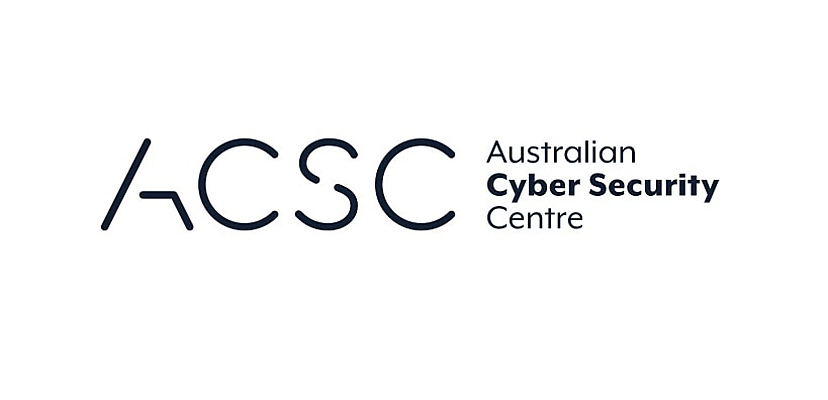Share this article on:
Powered by MOMENTUMMEDIA
Breaking news and updates daily.
With the steady rise of cyber threats and attacks, governments around the globe are taking proactive measures to safeguard their nations’ digital infrastructure.

Australia is no exception, and at the forefront of its efforts is the Australian Cyber Security Centre (ACSC).
Let’s take a closer look at three key things you need to know about this vital institution.
1. Role and responsibilities
The Australian Cyber Security Centre, established in 2014, serves as a hub for cyber security collaboration and information sharing. Its primary role is to protect Australian government networks, critical infrastructure, and private sector organisations from cyber threats. The ACSC operates under the umbrella of the Australian Signals Directorate (ASD) and works closely with law enforcement agencies, intelligence organisations, and international partners to counter cyber threats effectively.
The centre offers a range of services, including cyber threat intelligence, incident response, as well as advice on best practices to enhance cyber security resilience. It also provides guidance and assistance to organisations in identifying and addressing vulnerabilities, promoting cyber security awareness and education, and conducting assessments to strengthen their overall cyber security posture.
2. The Essential Eight
The ACSC follows a comprehensive approach, known as the “Essential Eight”, to strengthen Australia’s cyber defences. These eight key areas are:
3. Collaboration and partnerships
The ACSC recognises that cyber security is a collective effort and places great importance on collaboration and partnerships. It actively works with various stakeholders, including government agencies, critical infrastructure operators, academia, and industry partners, to share information, intelligence, and expertise. This approach enables a better understanding of emerging threats, effective response planning, and the development of innovative cyber security solutions.
In addition, the ACSC maintains strong relationships with international cyber security organisations, participating in joint initiatives and information exchanges. These partnerships ensure that Australia remains well-connected to global developments and can respond effectively to threats that transcend national borders.
By understanding the role and responsibilities of the ACSC and its dedication to cyber security, organisations and individuals can actively contribute to a safer digital environment in Australia.
Be the first to hear the latest developments in the cyber industry.